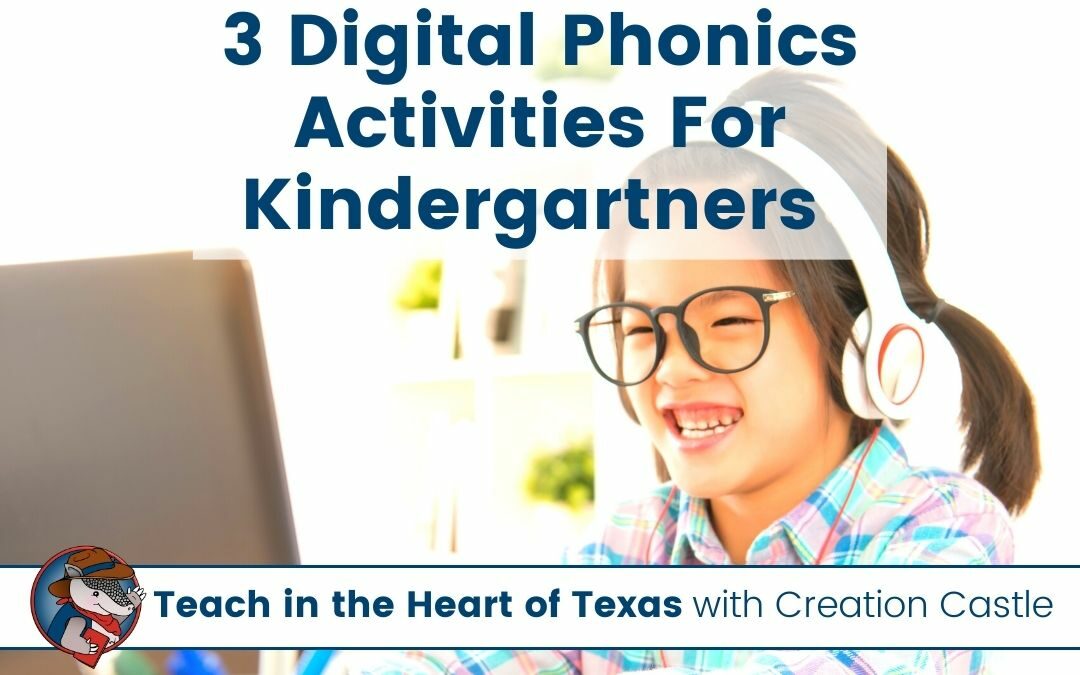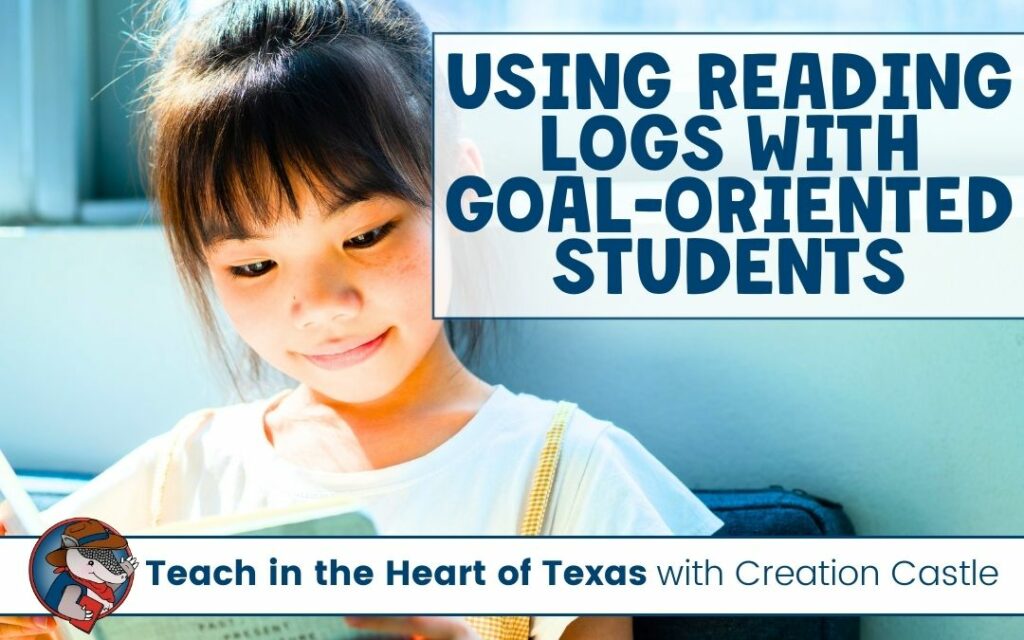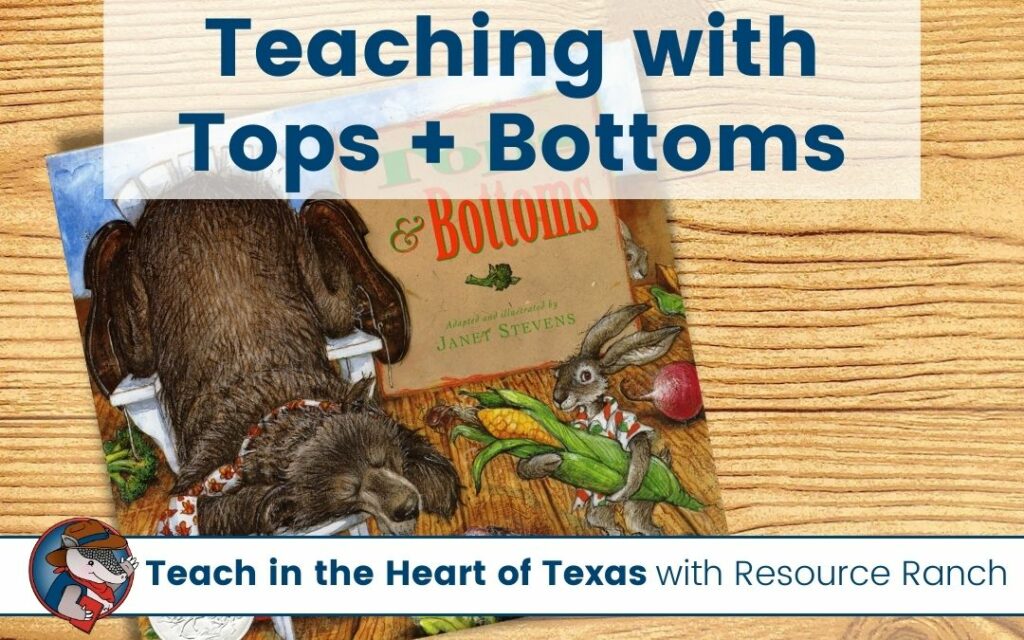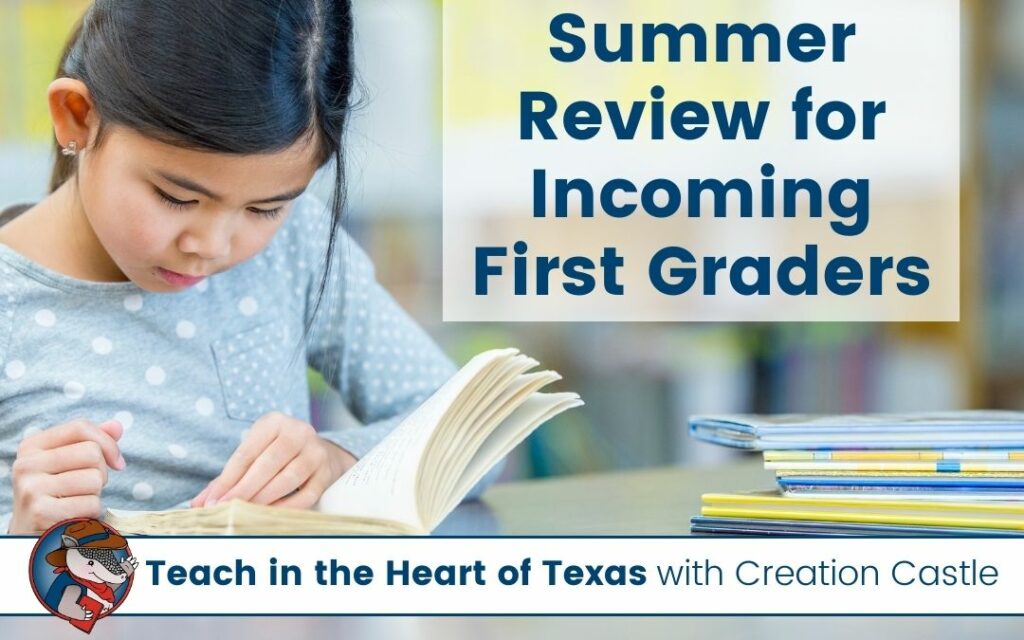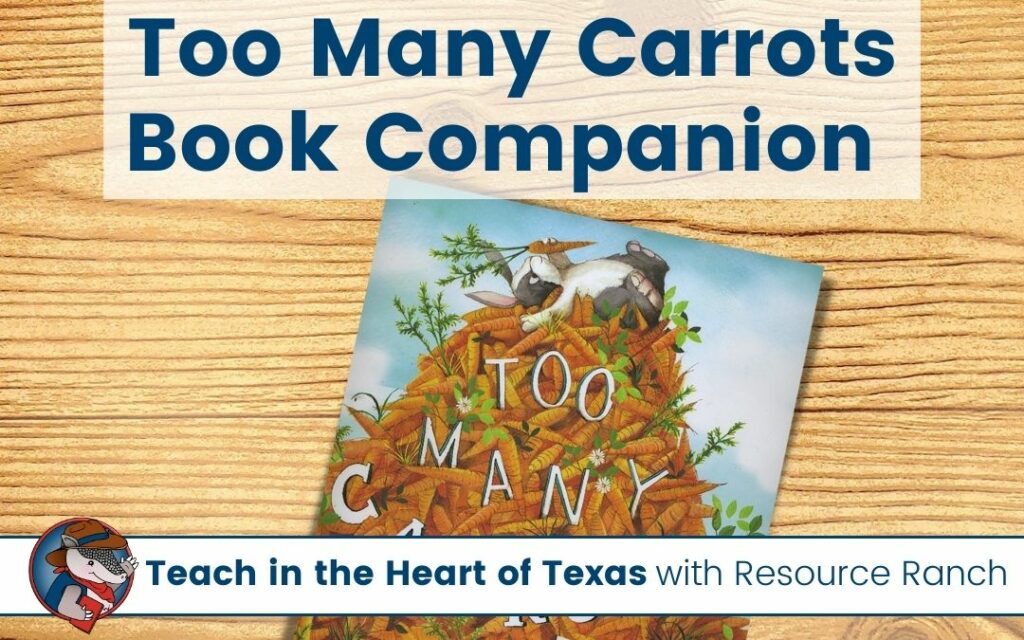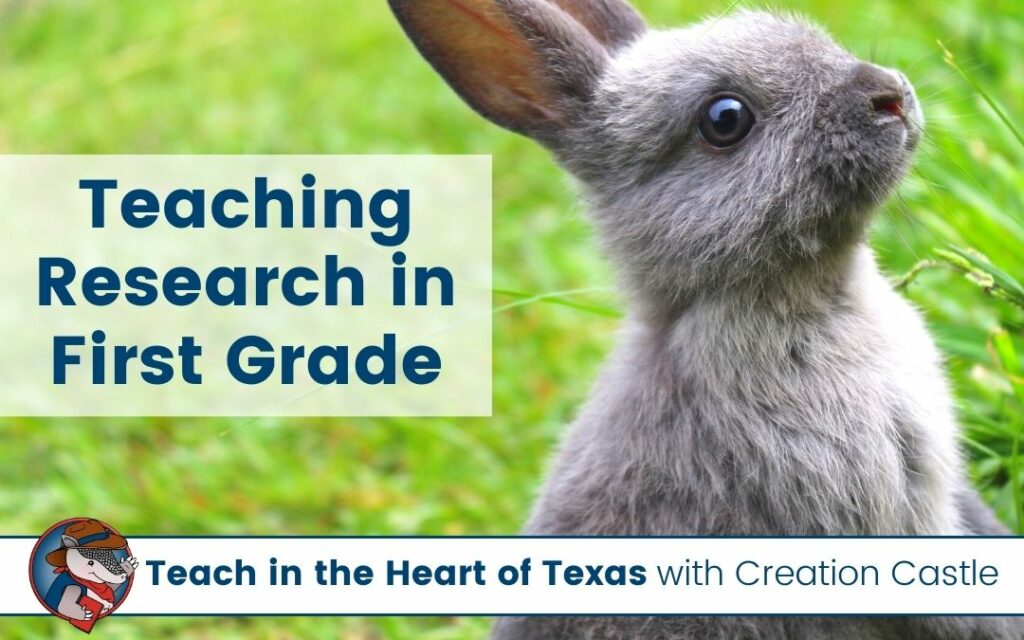Since phonics focuses on foundational skills, chances are your students will be spending a lot of time practicing or reviewing phonics skills. So that means you need a lot of phonics activities! This can be done in a variety of ways whether they are working with the whole class, in a small group, or even independently.
Quick Links
Whole Group Phonics Activities
These ideas work great for introducing new concepts or can be used when you have a little extra time between activities in your classroom.
- create anchor charts focused on target sounds
- play a BINGO game using a targeted skill (i.e. digraphs)
- recite memorable chants to help students remember confusing concepts
- toss a beach ball with letters written on it around the room and have students name the letter, give an example of a word that begins with the letter, generate a rhyming word, etc.
Small Group Phonics Activities
Word work should be a staple part of your small group time each time you meet with your groups. These activities can be done with partners, but students will have a chance to learn more from their peers with these activities in a small group setting.
- sort pictures in a pocket chart
- play a game like KABOOM (Students draw popsicle sticks with letters/words written on them from a cup and read the stick. If they say it correctly they keep the stick, if they don’t they put it back. If they draw a KABOOM stick, they must put all their sticks back.)
- use magnetic letters to build words
- spell words in shaving cream (and clean your tables at the same time!)
Independent Phonics Activities
There are hundreds of ways – probably… I didn’t actually count – that students can practice their phonics skills on their own. This will likely be completed during center/station work or possibly even as homework. You probably already have play dough mats, word building mats, worksheets, and the like. These digital activities for Boom are a great addition to your independent work choices.
CVC Word Factory
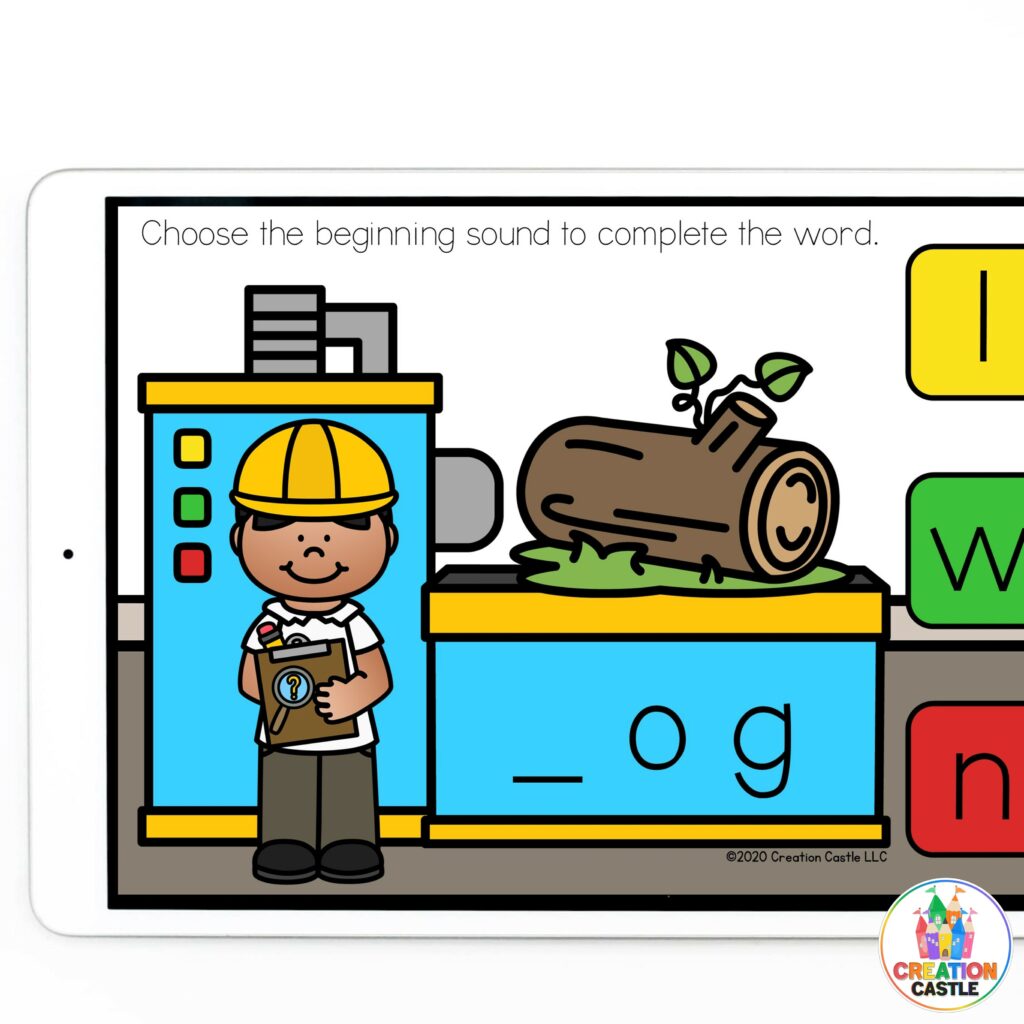
The CVC Word Factory focuses on isolating single sounds within words. There is a set for beginning, medial, and final sounds. In each deck, students will identify the picture and determine the missing letter in the word, also known as phoneme isolation. This is an important step in literacy development.
So how do you know if your students need to practice this skill?
In the example of the word pig, ask a question like “Does the /g/ sound come at the beginning, middle, or end of the word pig?”.
Try another question like, “What sound comes at the beginning of the word pig?”
Students that can answer both these questions accurately, likely will not need much practice on phoneme isolation.
CVC Phonics Photos
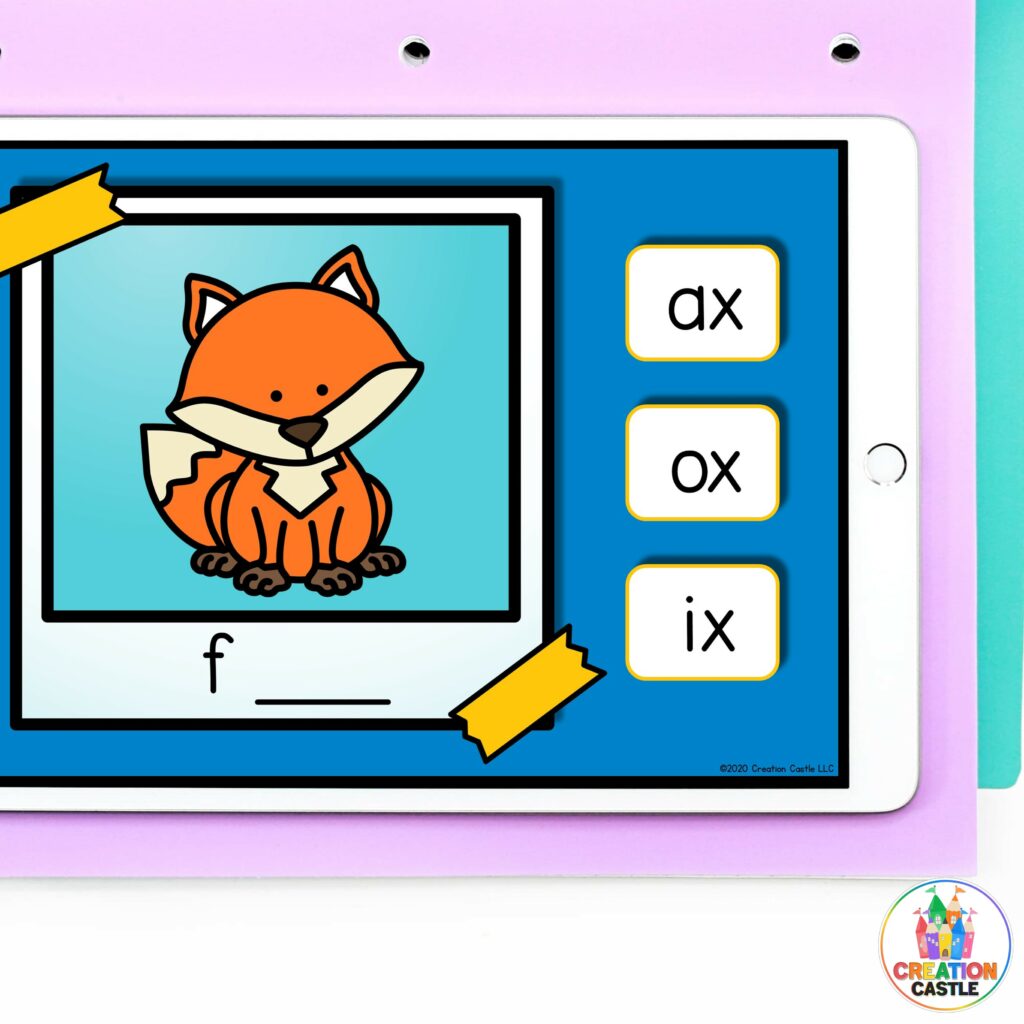
The Phonics Photos series is all about onset and rime. These decks have 10 cards where students are given the onset of each word and must identify the rime.
Students who master onset and rime have a great ability to recognize common chunks within words, which in turn helps them decode new words when they are reading and writing.
If your students have learned all their letter sounds and are beginning to work on blending sounds together, this may be a good activity for them to try.
CVC Word Builders
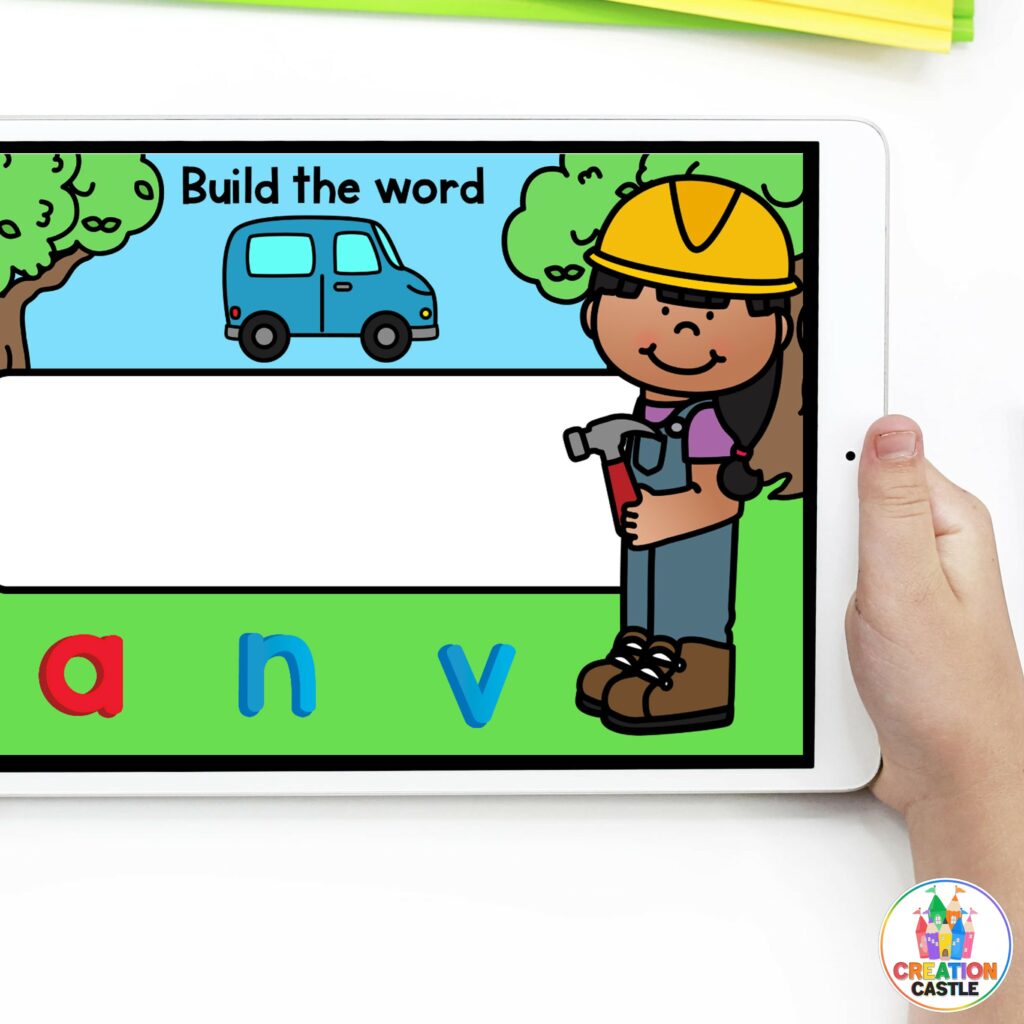
The CVC Word Builders might be my favorite digital activity for word work out there. For this deck, students will identify the picture and arrange the letters to spell the word.
Yep, these are digital magnetic letters! Magnetic letters, foam letters, letter beads, etc. have always been a go-to for word work. I love having these digital manipulatives for students to work with.
These decks, presented by short vowel sounds, are perfect for students that know all their letters and sounds, can identify phonemes in isolation and are ready to focus on their spelling.
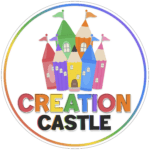
Creation Castle
Heather is the author of Creation Castle. She has experience with general education, special education, and ESL students in kindergarten through fifth grade. She specializes in early elementary math and literacy, as well as organization.

